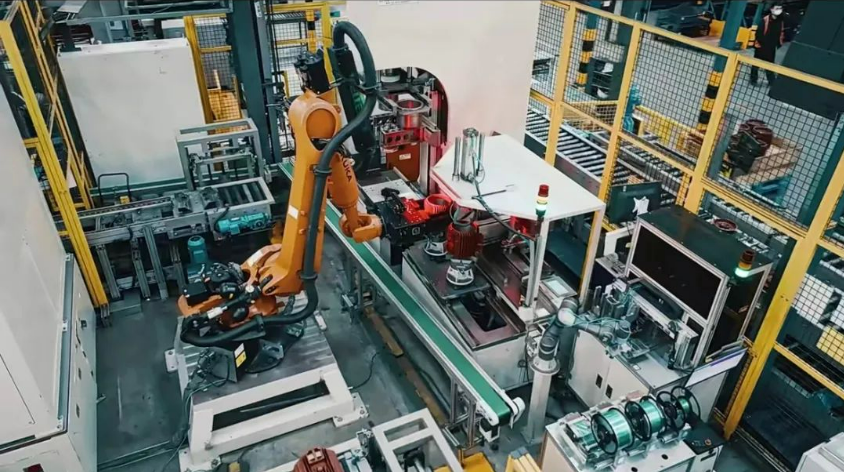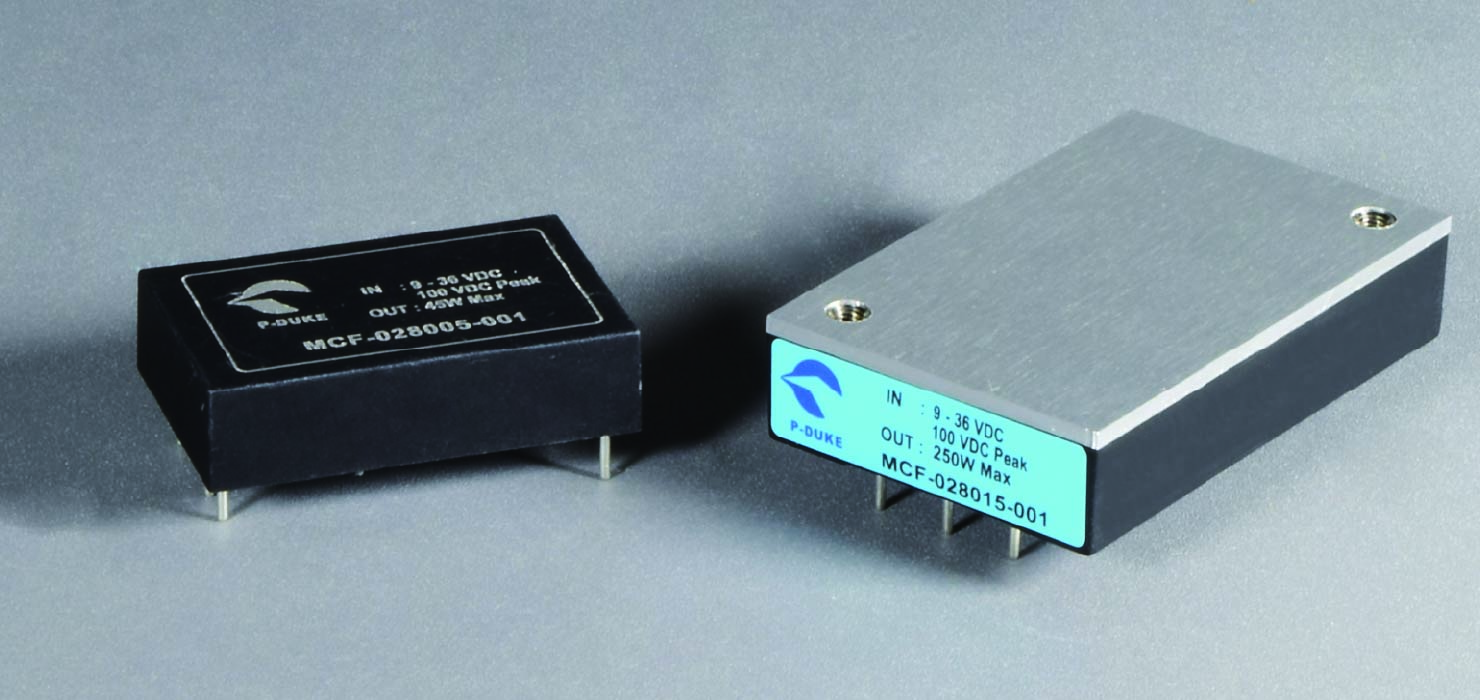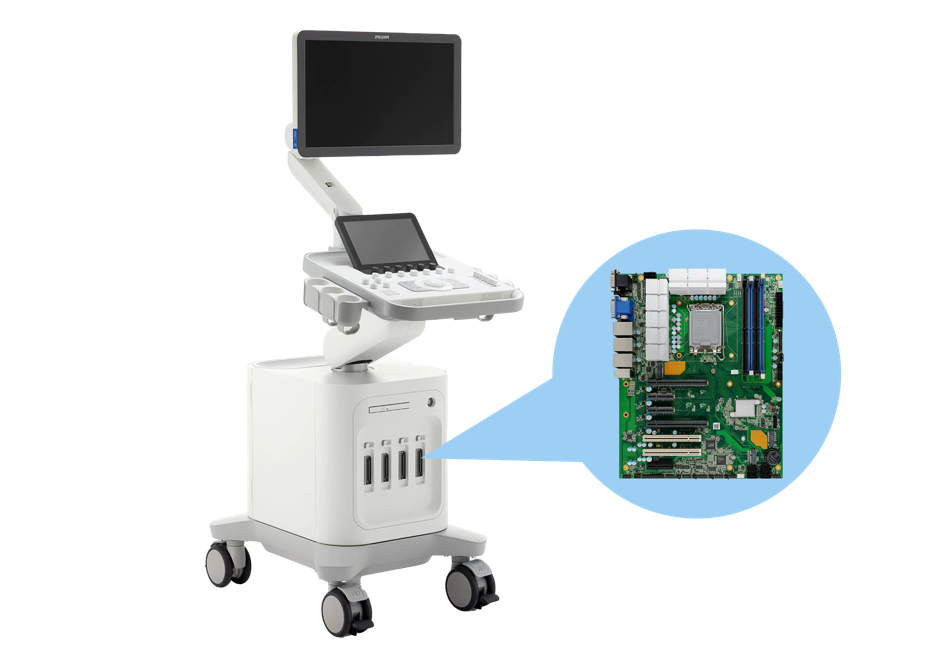At the 2024 Schneider Electric Industrial Digital Ecosystem Partner Summit with the theme of “Digital Intelligence Leads Together for Win win”, Schneider Electric, a global expert in digital transformation in energy management and automation, comprehensively showcased end-to-end industrial software solutions and achievements. On site, they released two major digital solutions, the semiconductor industry factory management suite and the chemical industry safety risk intelligent control platform, and signed agreements with five leading enterprises on digital joint innovation.
Currently, empowering the construction of new industrialization with digital and intelligent technologies, accelerating the development of new quality productivity, has become an important direction for the current development of intelligent manufacturing. At the same time, cutting-edge technologies such as AI and digital twins are accelerating their integration into various application scenarios in the industrial field, providing strong impetus for enterprises to accelerate their digital and green low-carbon “dual transformation”.

At the meeting, Ding Xiaohong, Senior Vice President and Head of Industrial Automation Business in China at Schneider Electric, said, “In the current era where new quality productivity deeply empowers high-quality industrial development, opportunities and challenges coexist. Comprehensively reshaping the value chain has become a new way for enterprises to win the future. In this regard, Schneider Electric will rely on end-to-end digital solutions that fully connect industrial automation and energy management, full-service lifecycle coverage, and focus on the integration and innovation of AI and application scenarios. We will work closely with digital and sustainable ecological partners to accelerate industrial transformation and upgrading, and create future industrial influence
Ding Xiaohong, Senior Vice President and Head of Industrial Automation Business in China at Schneider Electric
Software empowers digital transformation and empowers the entire lifecycle of industrial scenarios
As an indispensable key force in the process of industrial digital transformation, the value of software has far exceeded the traditional tool category, and it is reshaping the entire future industrial ecosystem in an unstoppable way. Based on continuous innovation and profound accumulation in the field of industrial software, Schneider Electric has digital “intelligent” applications covering AVEVA industrial software solutions, ETAP power system simulation software, RIB building software, EMS energy management solutions, ProLeiT process control system, and EcoStruxure open automation platform. It can cover the information integration and management of the entire life cycle of enterprises from design, construction, operation to maintenance, helping to create enterprise level industrial data dual bases and building digital twins for users in four major industrial scenarios: engineering, assets, processes, and production.
Specifically, the engineering digital twin that integrates simulation, design, and collaboration can help enterprises build a standard driven engineering data system, improve resource utilization, and provide support for multi professional team collaboration. The asset digital twin can cover the integration of asset information from the digital delivery of projects during the construction period to the operation and maintenance period, achieving visual management of enterprise asset information. In addition, the process digital twin is based on strict mechanism models and simulation tools of the process, which can provide steady-state simulation, dynamic simulation, and online optimization to unleash the potential of process operation. Finally, the production of digital twins trains AI algorithms through industrial big data to trace, monitor, and predict process production and equipment failures. It can find the optimal operating point within the controllable domain and achieve automatic device start-up, thereby improving enterprise efficiency.
With the continuous release of application scenarios around artificial intelligence and data elements, Schneider Electric is combining its accumulated professional knowledge in the industrial field with cutting-edge AI technologies such as big language models, machine learning, and deep learning, successfully applying AI technology to industrial scenarios such as process optimization, full process carbon reduction, refined energy consumption management, air compressor energy efficiency improvement, dynamic refrigeration efficiency improvement, and predictive maintenance, promoting the development of industrial intelligence.
Release industry innovation suite, leading the industry’s “digital intelligence” upgrade
As an active enabler of industrial digital transformation, Schneider Electric has always been driven by innovation, continuously creating digital and intelligent solutions for more industries, and helping enterprises accelerate transformation and upgrading. At the meeting, Schneider Electric released two major industry digital solutions: the semiconductor industry plant management suite and the chemical industry safety risk intelligent control platform. Among them,Semiconductor Industry Factory Management Suite: By connecting and integrating various equipment and systems through the FMCS factory management system, it promotes information sharing and centralized control between equipment and systems. It not only supports mobile devices for on-site operations, improves operator efficiency, but also enables visualization of major business processes and provides reliable on-site analysis basis; Meanwhile, decision-makers can effectively improve the efficiency of planning control, periodic planning, and scheduling based on data feedback and data mining.
Intelligent control platform for safety risks in the chemical industry: Based on the AVEVA PI System operation big data management platform, the HSE safety management suite can break down data silos between different systems, establish a safety database, and provide a production safety management map according to the needs of safety production management; By combining AI with industrial vision, intelligent analysis can be further achieved to eliminate hazardous factors and non compliant operations, bringing comprehensive digital transformation to the safety production of the chemical industry.
Concentrate on the industrial digital ecosystem and achieve a win-win future
The high-quality development of industry cannot be separated from the coordinated development of industrial digital ecology. Schneider Electric combines software and hardware in the process of industrial digitization, constantly creating a safer, more efficient, and green intelligent industry ecosystem. We join hands with ecological partners committed to digital transformation and accelerating enterprise development, innovate together, and achieve win-win results. On site, Schneider Electric signed agreements with Shanghai Huayi Information Technology Co., Ltd., Anshan Huashen Control System Co., Ltd., Zhonggong Digital Technology (Suzhou) Co., Ltd., Huzhou Industrial Control Technology Research Institute, and Zhongrun Huagu (Nanjing) Technology Co., Ltd. to jointly promote digital joint innovation and continuously inject new momentum into the construction of the industrial digital ecosystem.

At the industry case sharing session of the summit, Schneider Electric also shared the latest project progress and achievements in industries such as steel, chemical, and power plants with various partners. Among them, in the steel industry pellet project, Schneider Electric’s APC advanced process control system has achieved optimized control of its main process, coal production process, and auxiliary systems, effectively improving the production stability and control uniformity of the device. The APC utilization rate is not less than 98%, and the fluctuation deviation of key control variables is reduced by more than 20%; By optimizing control and “edge locking operation”, not only has the pellet production capacity and quality been improved, but energy consumption has also been significantly reduced, helping the factory further tap into the economic benefits of the equipment.
In the digital delivery project of a newly built chemical industry factory in Henan, Schneider Electric AIA Asset Information Consultant, based on digital twin technology, can achieve visualization, intelligence, and collaboration of the entire engineering process, helping users improve engineering quality and efficiency, and reduce costs and risks. Comprehensive digital delivery services covering the entire project from construction to operation and maintenance, providing unified and standardized management for the design and procurement process, supplier drawings, construction and completion process data, while meeting users’ needs for later operation and change of the digital delivery platform.
As a digital “weapon”, Schneider Electric’s AVEVA PI System operation big data management platform has also accumulated rich “practical” experience in fields such as petrochemicals, new energy, and life sciences. For example, enterprises can rely on the AVEVA PI System to operate a big data management platform, connecting over hundreds of thousands of on-site control and information system points in their different bases, creating a group level lightweight MES deployment and control. While achieving real-time monitoring and full cycle traceability of production data, it can accelerate the efficiency of production anomaly handling and improve the response capability of the entire factory to accidents, laying a solid digital foundation for its “digital future” strategy.
As a trusted partner of the enterprise, Schneider Electric will always take digital technology innovation as the sail and industrial ecological innovation as the propeller, constantly leading more industry enterprises to sail towards the vast blue ocean of future industry together.
About Schneider Electric
Schneider Electric’s mission is to empower everyone to maximize the use of energy and resources, create impact, and promote human progress and sustainable development together. At Schneider Electric, we call it Life Is On.
Our mission is to become your trusted partner for achieving efficient and sustainable development.
As a global leader in industrial technology, we apply world leading electrification, automation, and digitization technologies to smart industries, resilient infrastructure, future oriented data centers, smart buildings, and digital homes. Based on our rich industry expertise, we provide AI enabled end-to-end full lifecycle industrial IoT solutions, covering interconnected products, automation, software, and services, and adopting cross platform industrial data bases and “digital twins” to help customers achieve profitable growth.



































